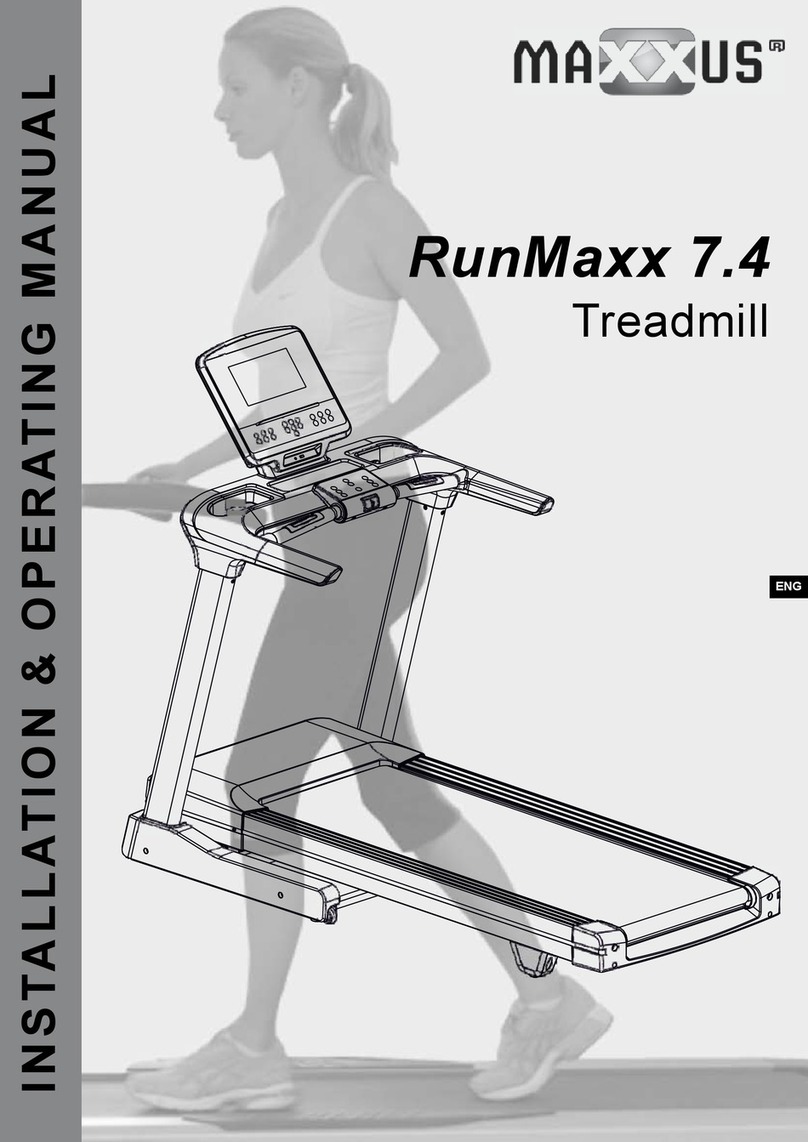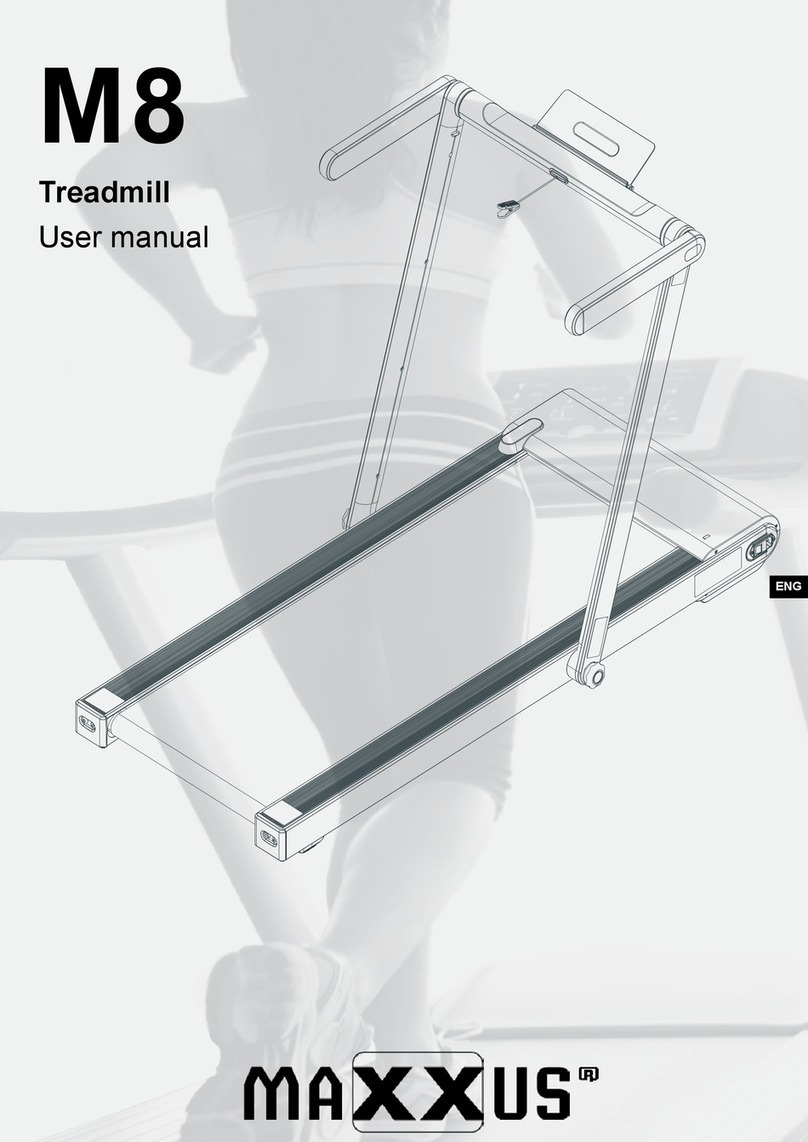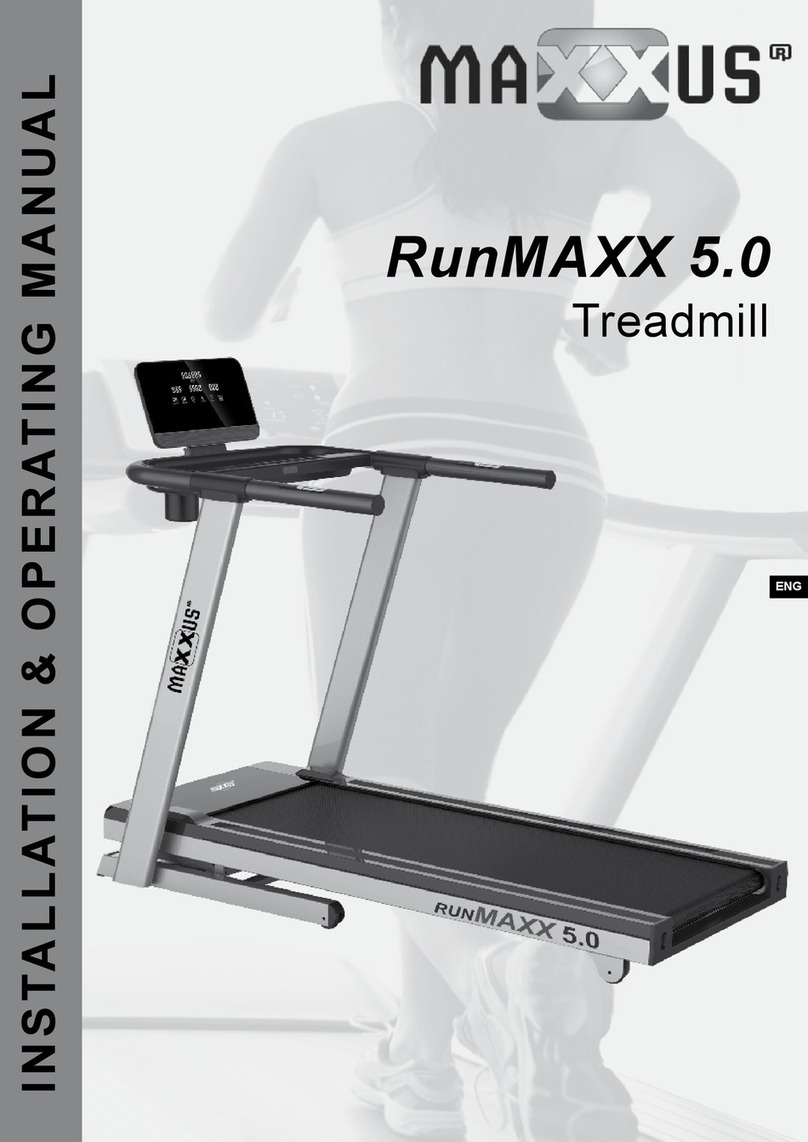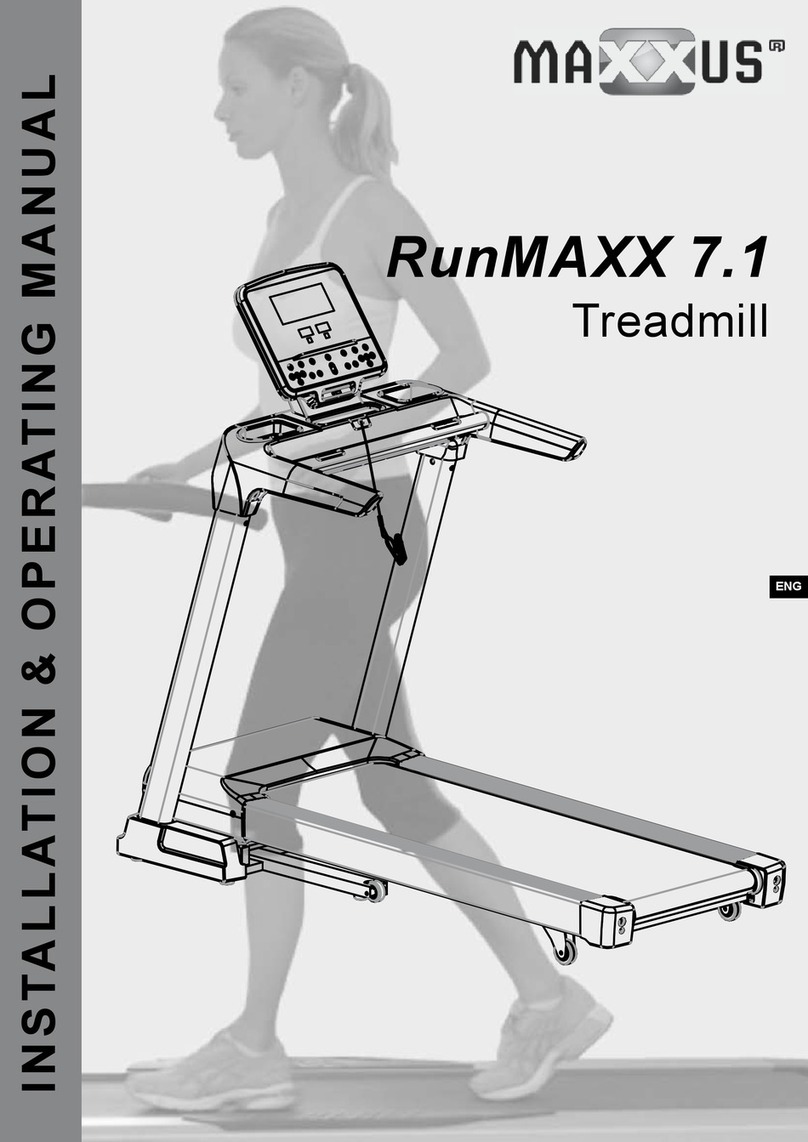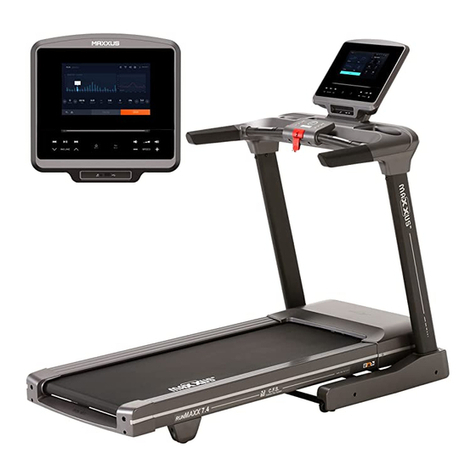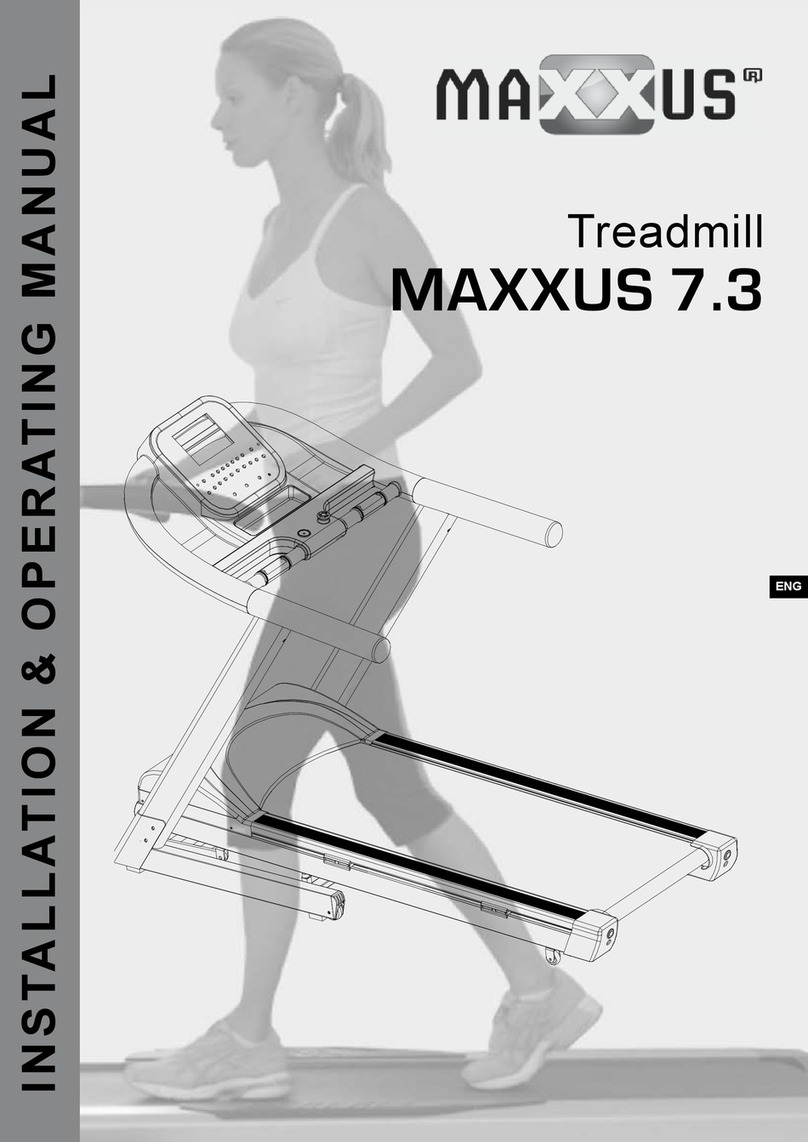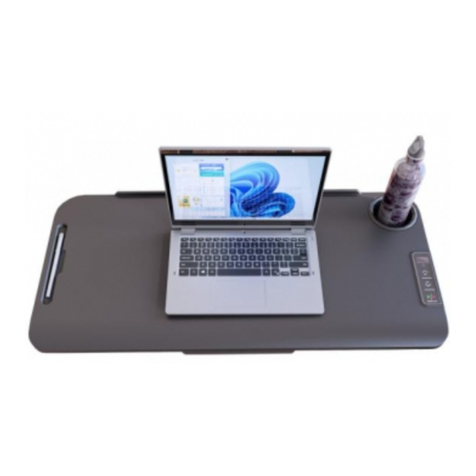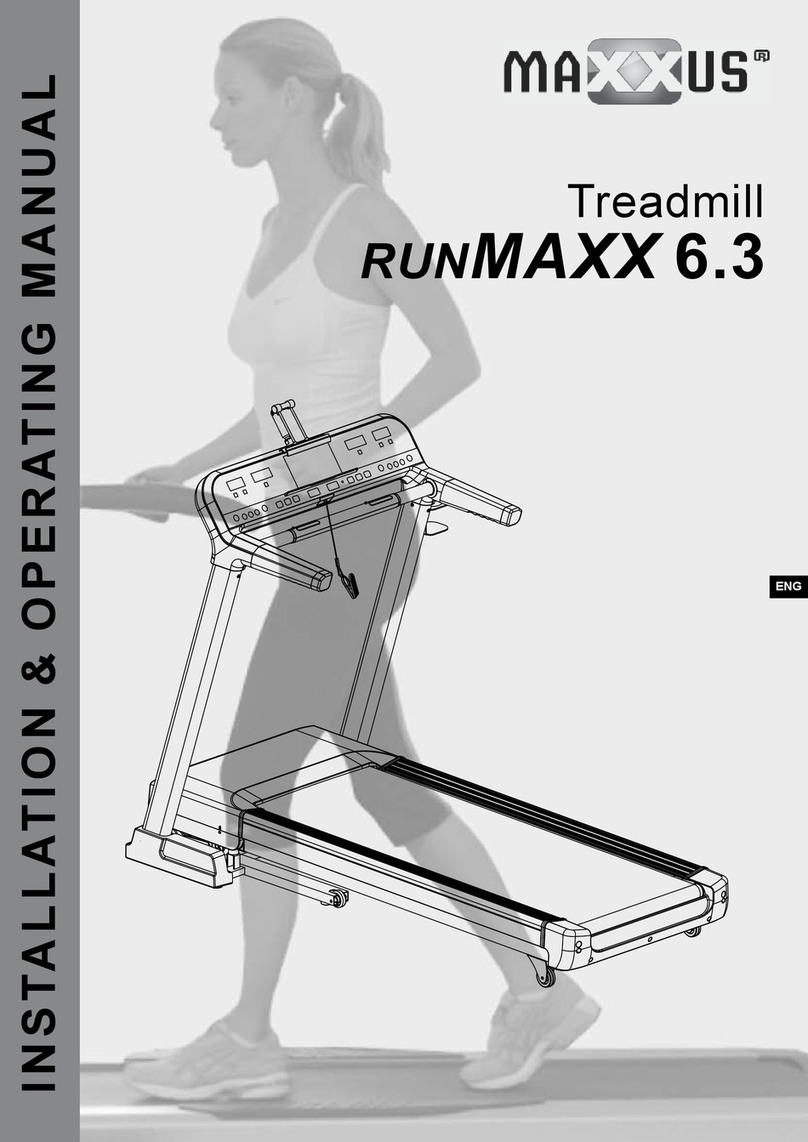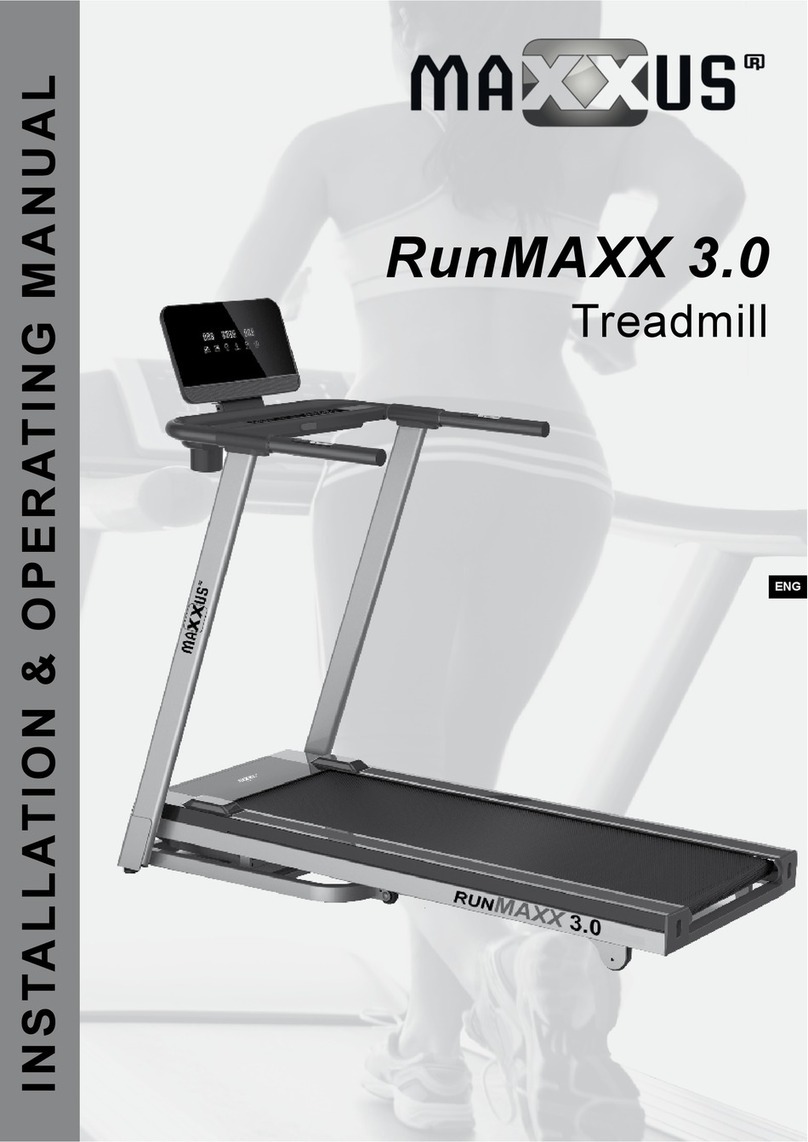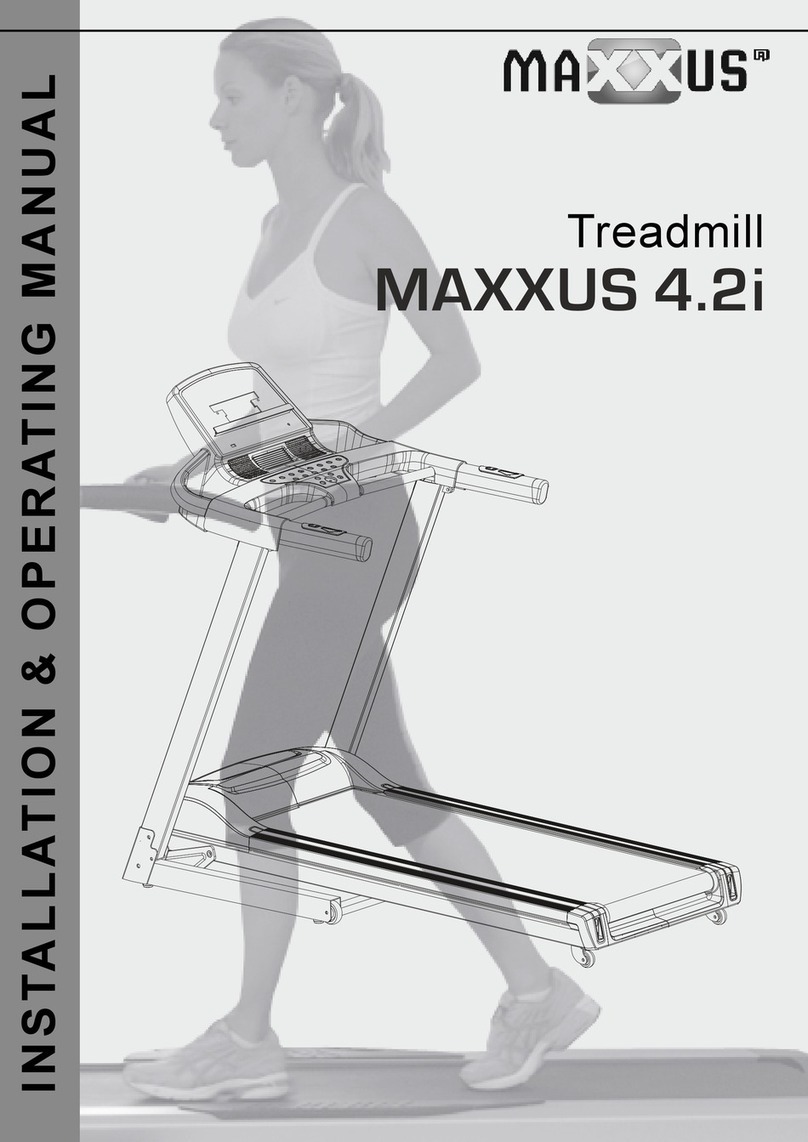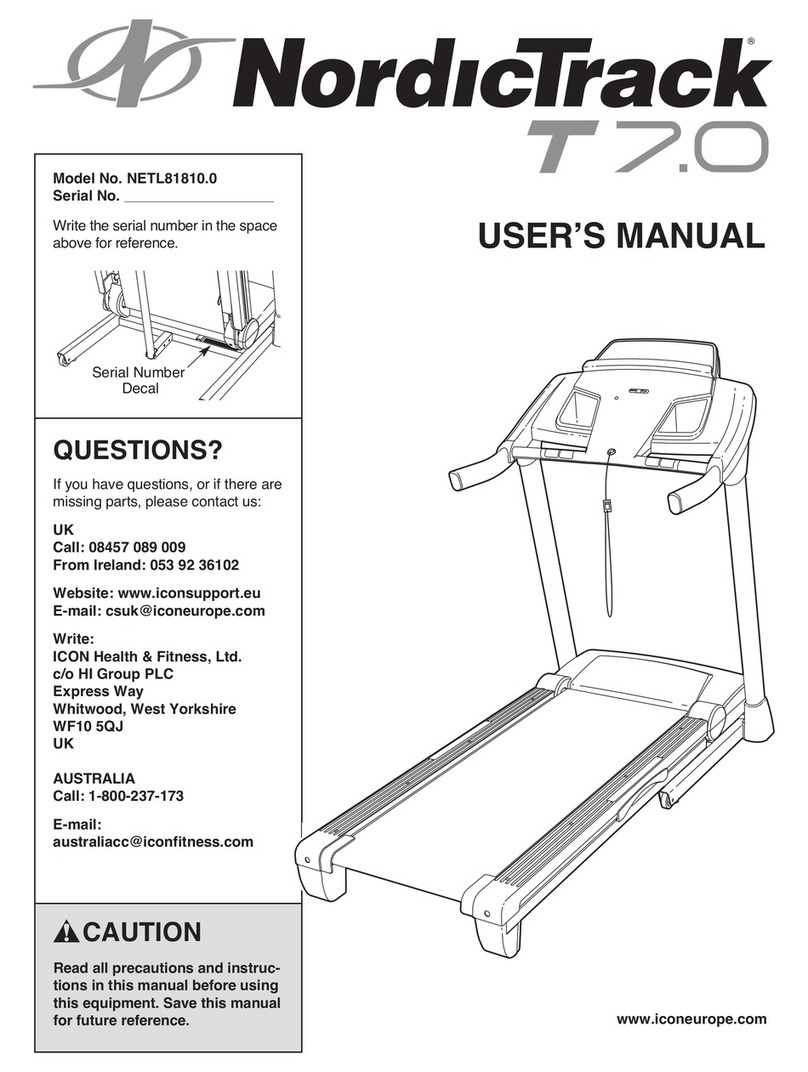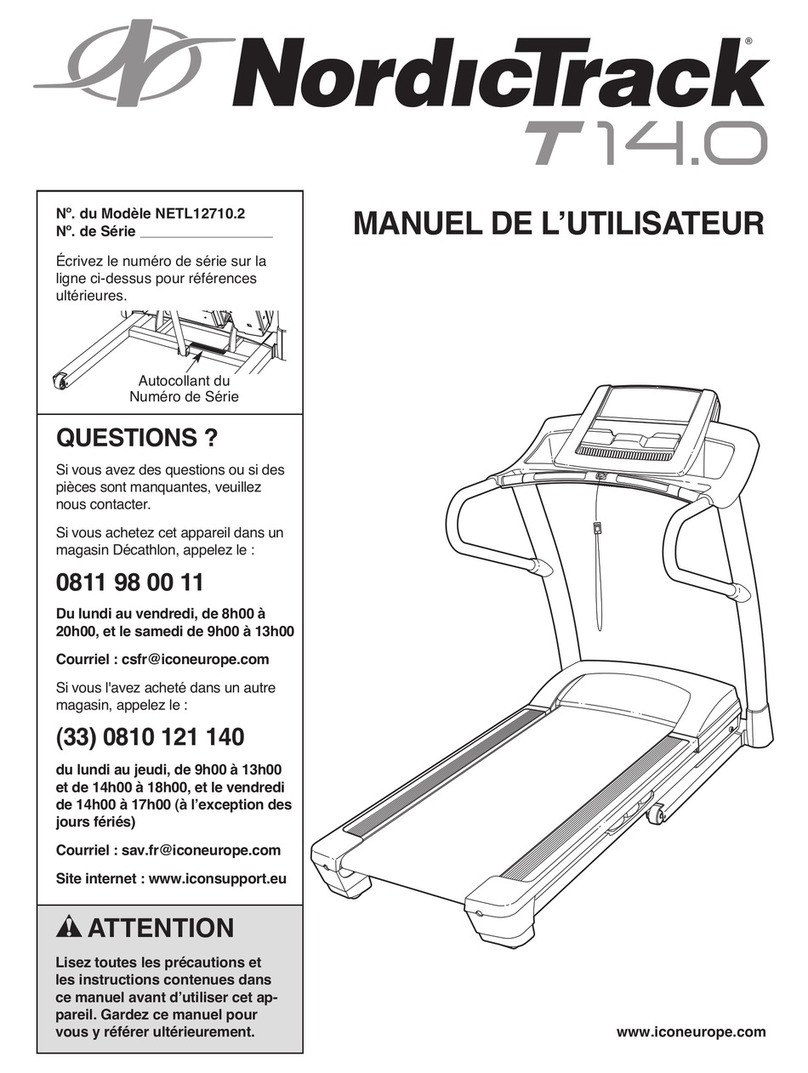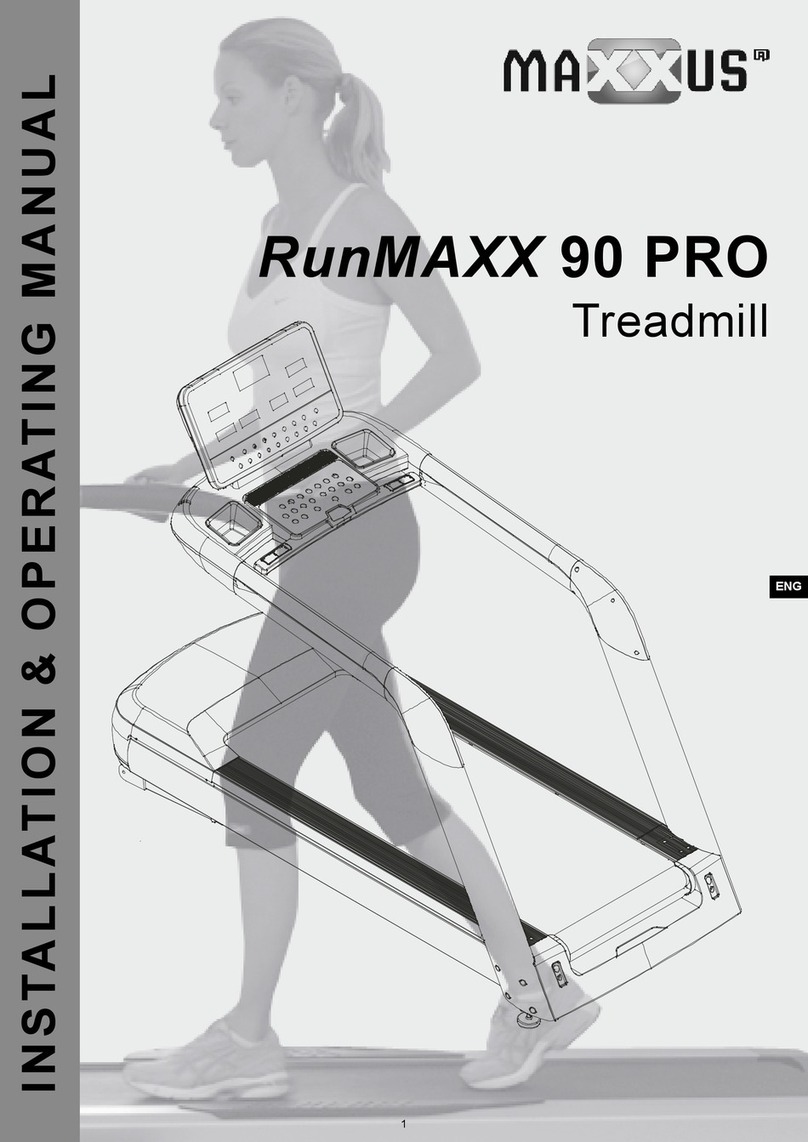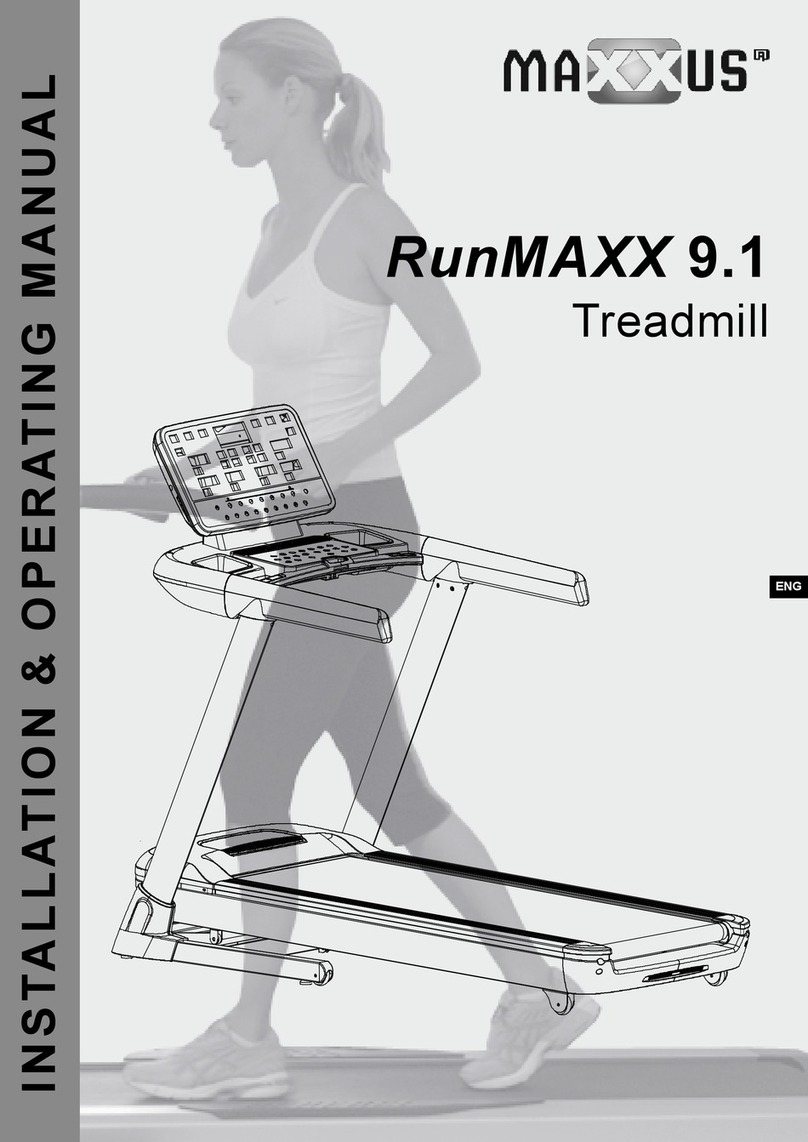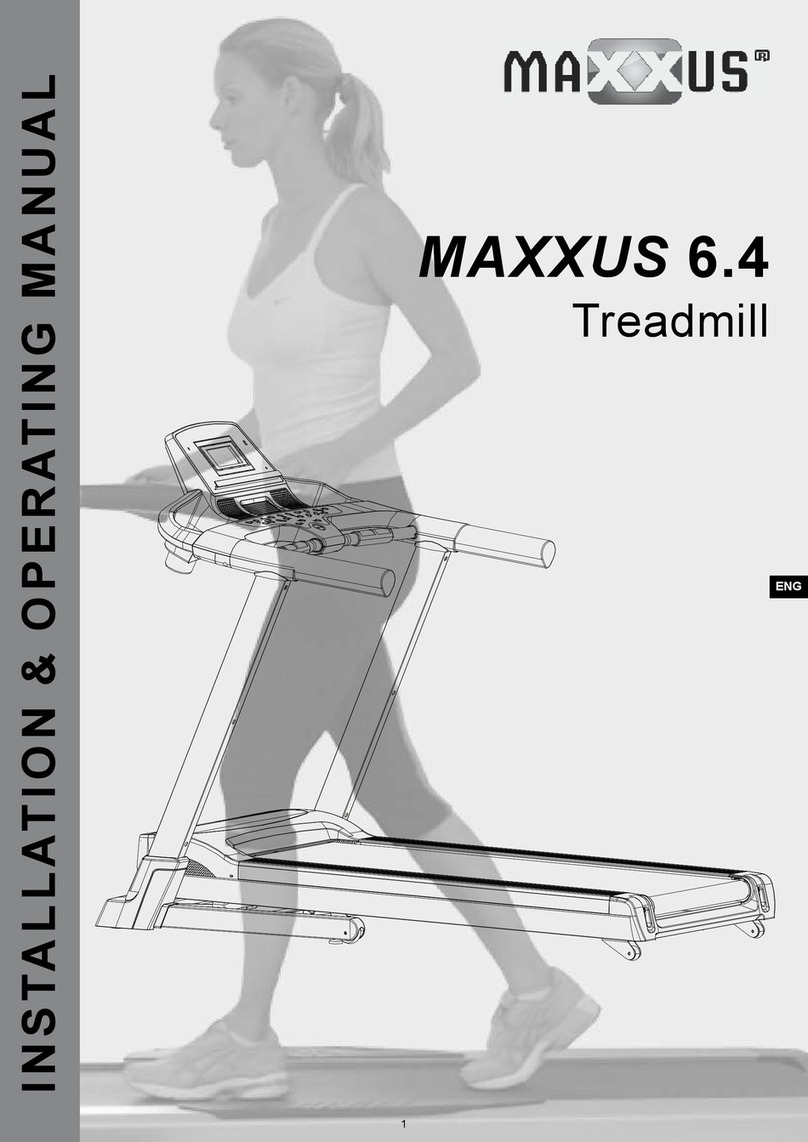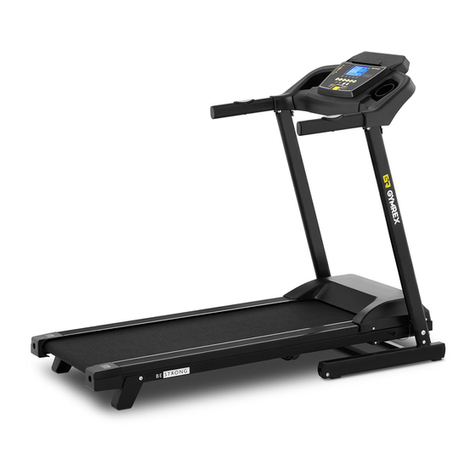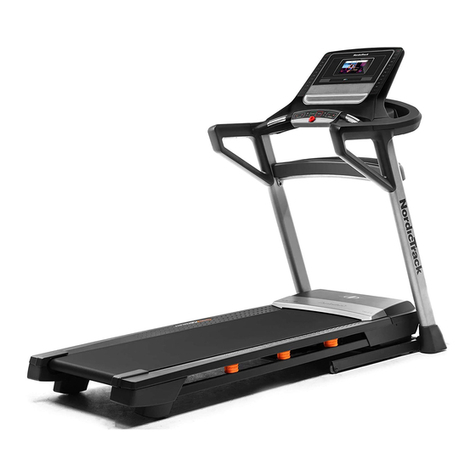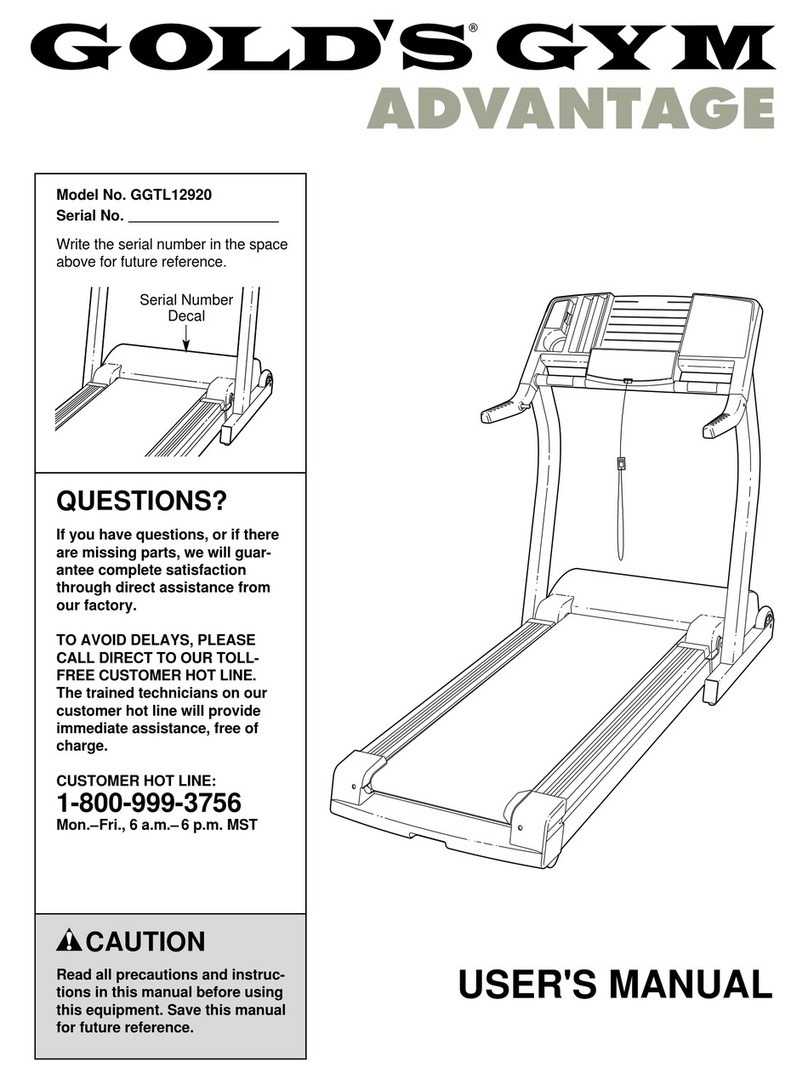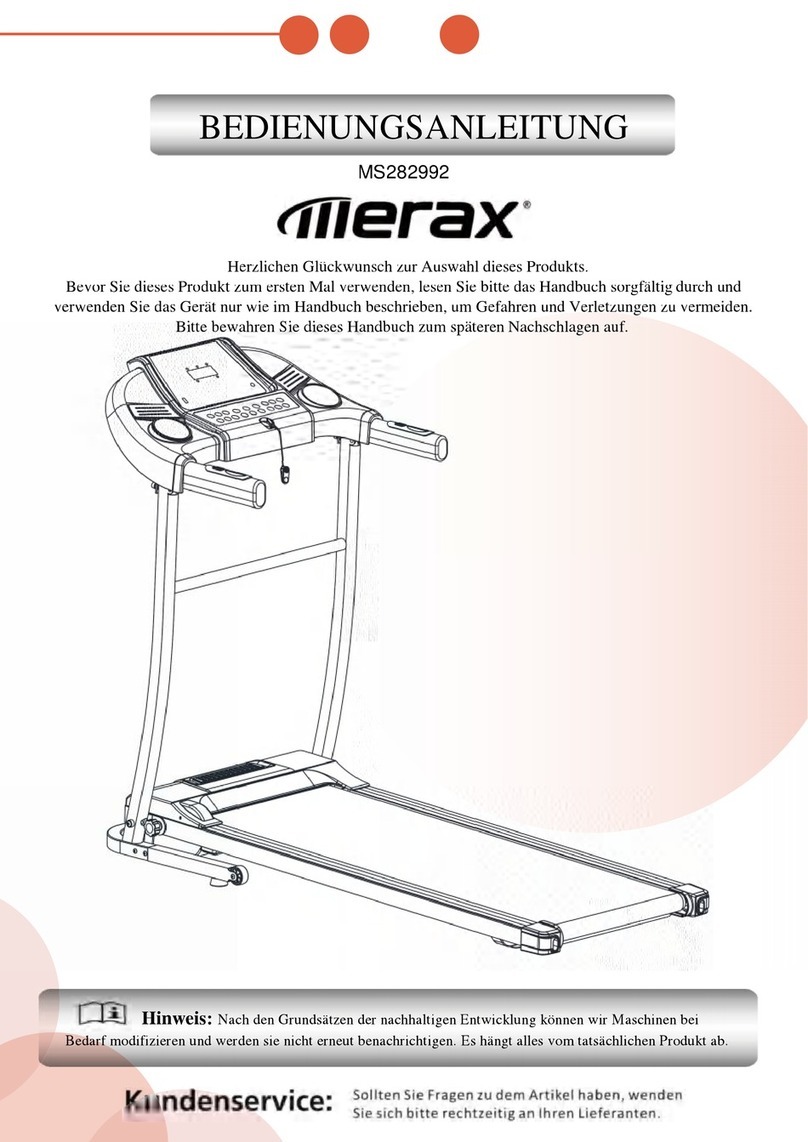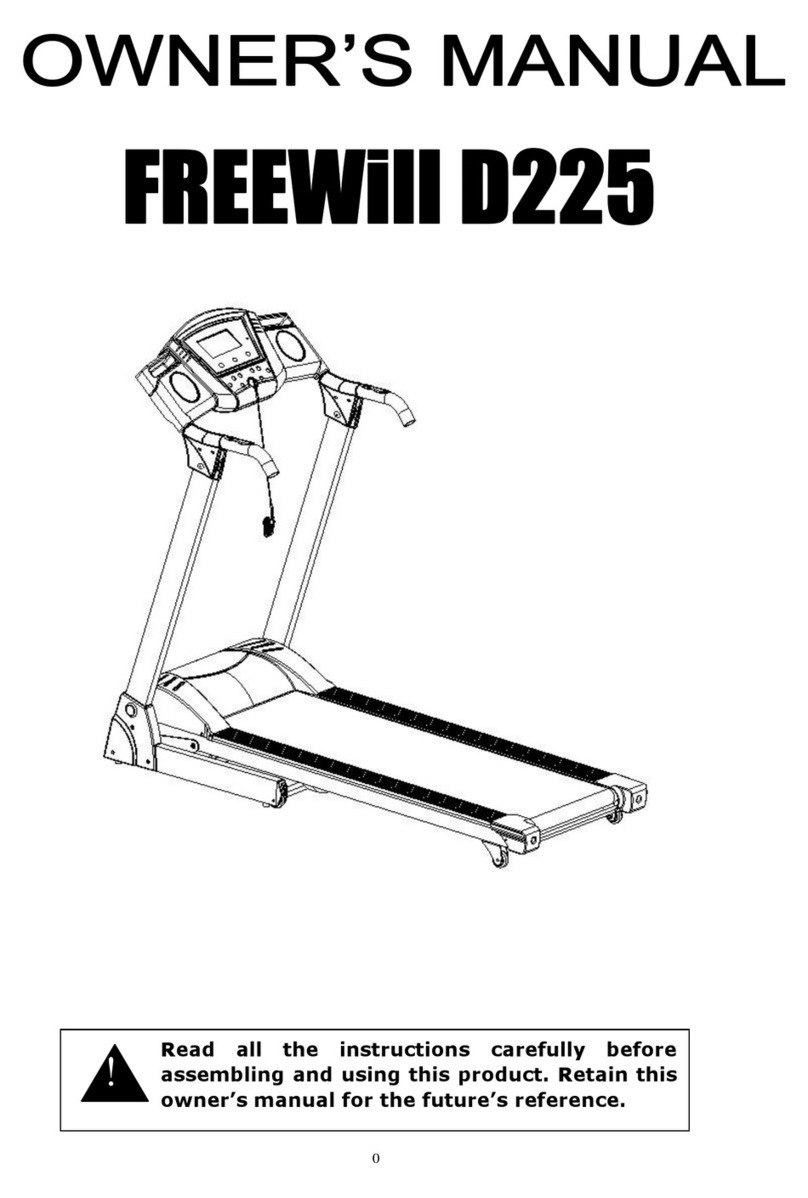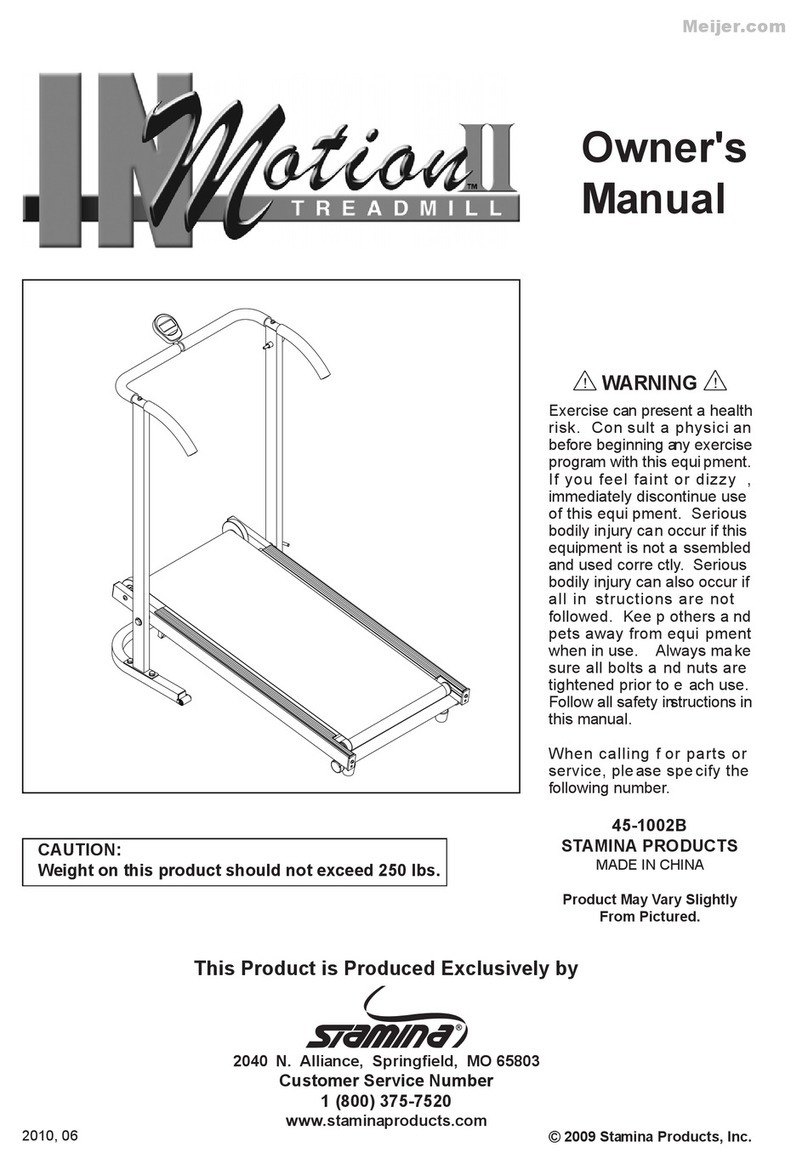Please read and observe all sections of this Operating Manual. Thorough attention should be paid to the safety, service and
maintenance instructions and to the training information at all times
It is very important to adhere strictly to the service and maintenance instructions contained in this Manual. This training device is
only to be used for its intended purpose.
If this equipment is used for any other purposes than intended, there is a possible risk of accident, damage to health or damage to
the training device. The Distributor cannot be held responsible in these circumstances.
Electrical Connection
-
A mains voltage of 220-230V is required to operate this training device.
-
The training device is only to be connected to the mains with the mains cable supplied using a 16A individually
fused and earthed socket installed by a qualified electrician.
-
The training device is only to be switched on and off using the ON/OFF switch.
-
Always remove the electric plug from the socket before moving the training device.
-
Remove the electric plug from the socket before commencing any cleaning, maintenance or other works.
-
Do not connect the mains plug to a socket on a socket strip or on a cable drum.
-
If using a cable extension please ensure that this complies with DIN standards, VDE regulations and guidelines,
technical rules issued by other European Union states.
-
Always place the mains cable so it cannot be damaged or cause a tripping hazard.
-
In operating or standby mode, electrical devices such as mobile phones, PCs, Televisions (LCD, plasma, tube,
etc.), game consoles etc. will emit electro-magnetic radiation. For this reason, all these types of devices should
be kept away from your training device as they could lead to malfunction, disturbances or false outputs being
shown in heart rate measurements.
Training Environment
-
Select a suitable space for your training device to provide an optimum amount of free space and highest level of
safety. You should leave a free space of at least 200 cm long and 100 cm wide behind the training device. A
minimum of 100 cm free space to each side and in front of the training device should be allowed for.
-
Make sure that the area is well ventilated and that an optimum amount of oxygen is available during training. Avoid
draughts.
-
Your training device is not suitable for outside use and so storage and training can only take place in a temperate,
clean dry room.
-
Do not operate or store your training device in wet areas such as in swimming pools, saunas etc.
-
Make sure that your training device is kept on flat, hard, clean ground both in operation and at rest. Any uneven
surfaces must be removed or made good.
-
It is recommended that a floor covering (carpet, mat, etc.) should be placed under the device to protect
damageable floors such as wood, laminates, floor tiles etc. Please ensure that this underlay cannot slip or slide.
-
Do not put this training device on pale or white coloured carpets or rugs as the feet of the device may leave marks.
-
Make sure that your training device and mains cable are kept out of contact with hot surfaces and are kept at a safe
distance from any sources of heat e.g. central heating, hot stoves, furnaces, ovens or open fires.
Personal Safety Instructions for Training
-
The safety key must be inserted correctly before each training session can begin.
-
Remove the safety key and mains cable from the training device when not in use to avoid inappropriate or uncontrolled
use by any other use by any other third party, e.g. children.
-
You should have a health check carried out by your doctor before you start any training.
-
Stop training immediately if you feel physically unwell or are experiencing any breathing difficulties.
-
Always start your training session at a low workload increasing it slowly but steadily throughout. Reduce the
workload again towards the end of your training session.
-
Suitable sports shoes and clothes should always be worn during training sessions. Make sure that loose clothes
do not get caught up in the treadmill belt or rollers.
-
Your training device is only to be used by one person at a time.
-
Check each time before a training session to see if your device is in perfect condition. Never use your training
device if it is faulty or defective.
-
You are only permitted to carry out repairs to the device yourself after having contacted our Service Department
and on receipt of explicit permission to do so. Only original spare parts may be used at any time.
-
Your training device must be cleaned after each use. Remove all dirt including body sweat or any other liquids.
-
Always make sure that liquids (drinks, body sweat, etc.) do not get onto the vibrating plate or into the cockpit as
this can cause damage to the mechanical and electronic components.
-
Your training device is not suitable for use by children.
-
Third parties, especially children and animals, must be kept at an appropriate safety distance during training.
-
Check if there are any items underneath the training device before each training session and remove them
without fail. Never use the training device when items are underneath it.
-
Do not allow children to use your training device as a toy or climbing frame at any time.
-
Ensure that no body parts of your own or of third parties ever come into contact with any of the moving
mechanisms.
-
The construction of this training device is based on state-of-the-art technology and highest modern technical
safety standards.
-
This training device is to be used by adults only!
-
Extreme misuse and/or unplanned training can cause damage to your health!
